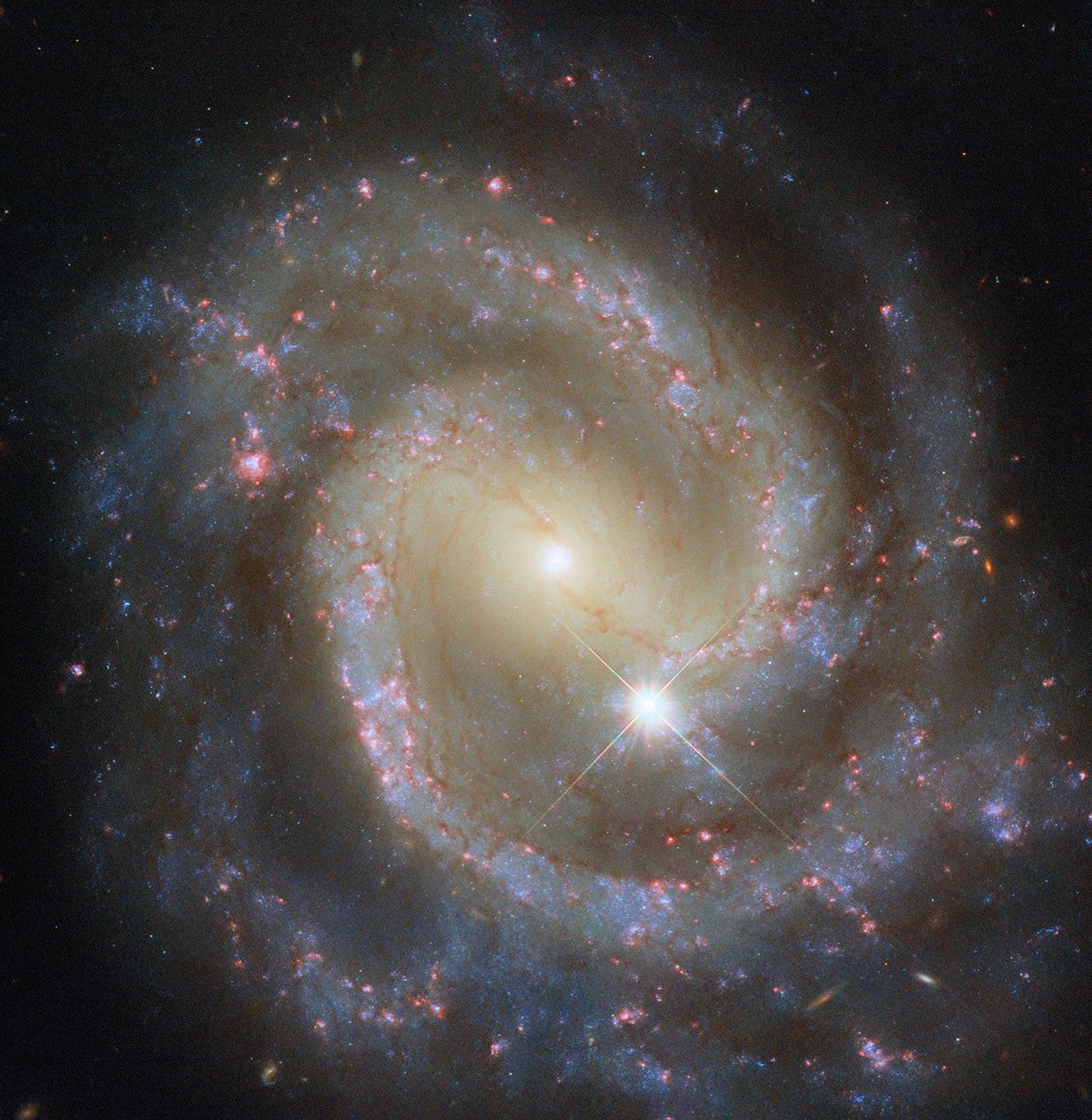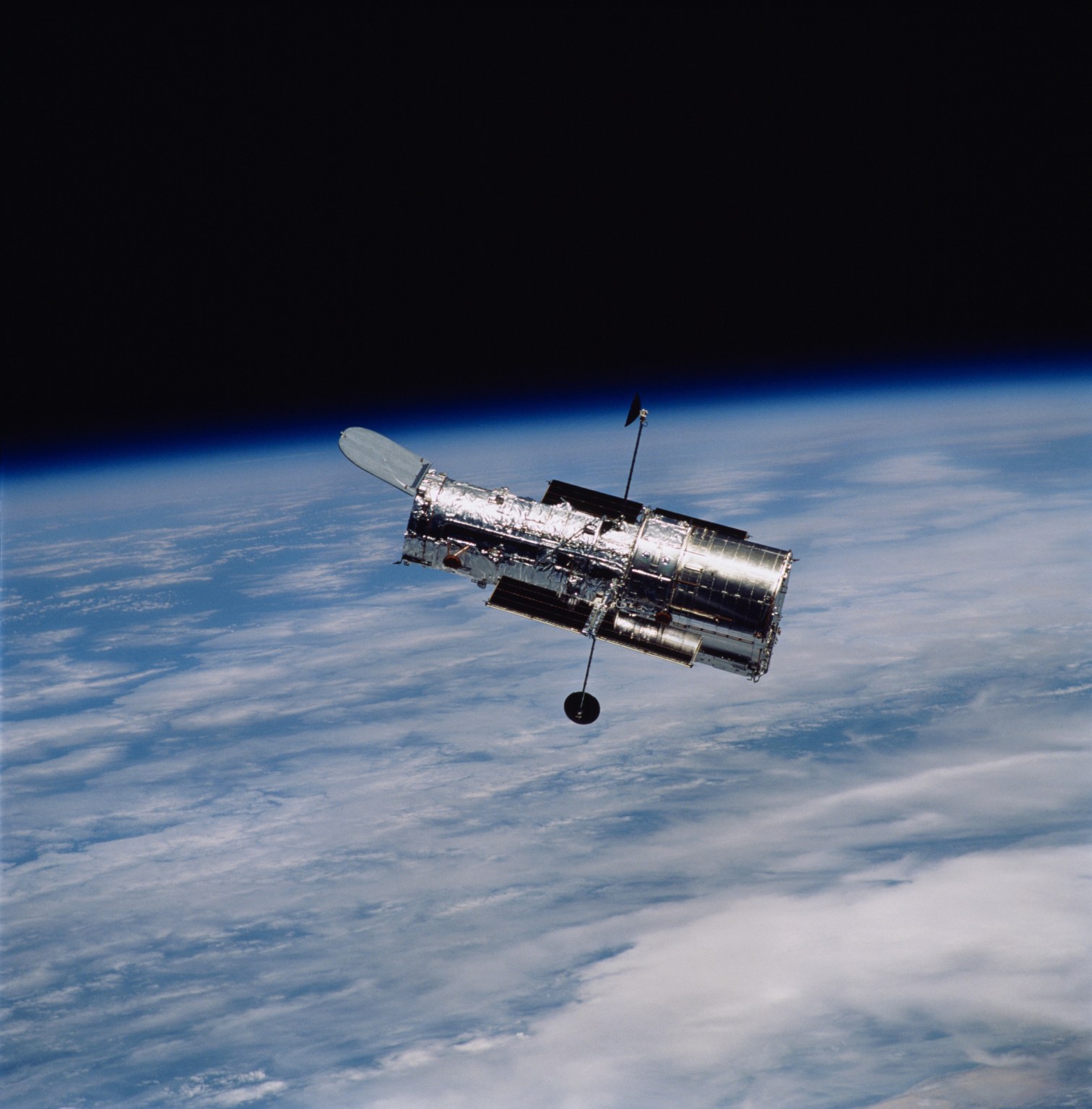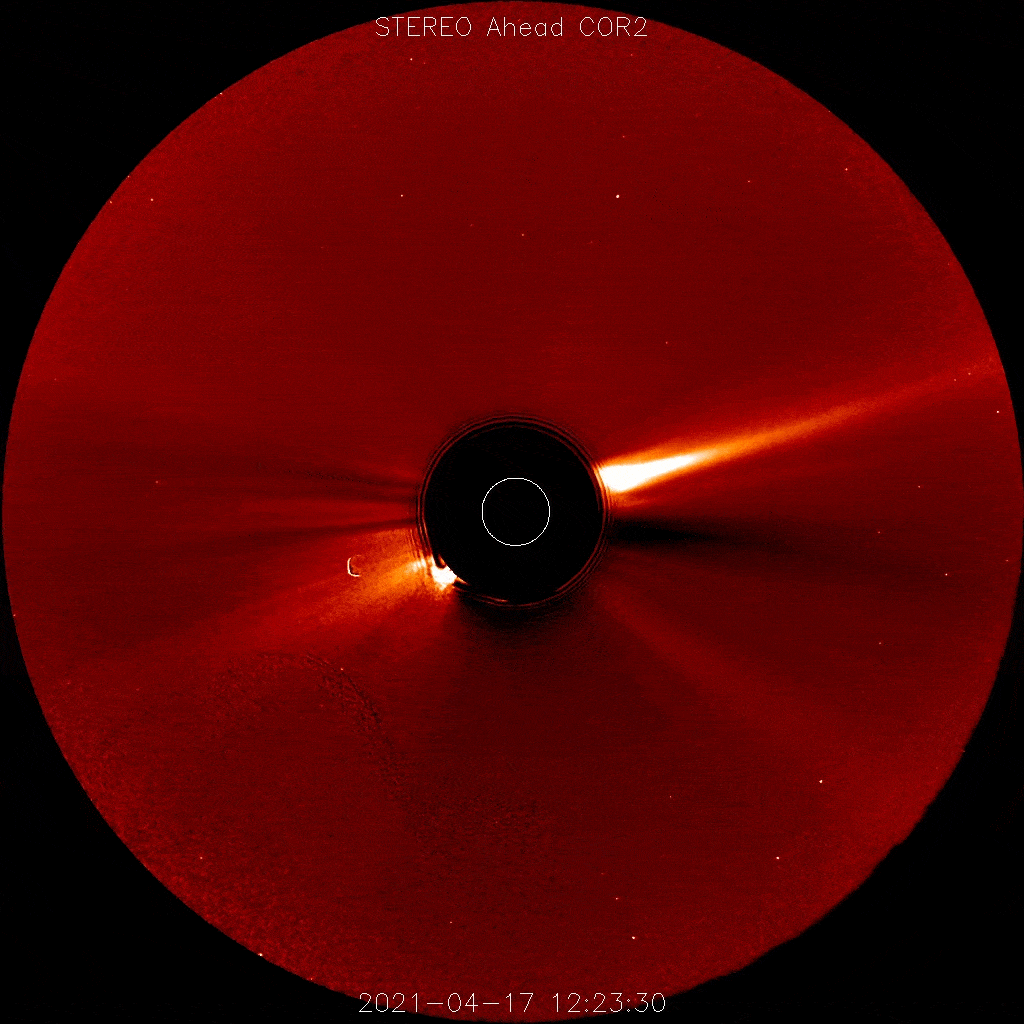Hubble Spies Paired Pinwheel on Its Own
A single member of a galaxy pair takes centerstage in this NASA/ESA Hubble Space Telescope image. This beautiful spiral galaxy is NGC 3507, which is situated about 46 million light-years away in the constellation Leo (the Lion). NGC 3507’s classification is a barred spiral because the galaxy’s sweeping spiral arms emerge from the ends of […]

2 min read
Hubble Spies Paired Pinwheel on Its Own
A single member of a galaxy pair takes centerstage in this NASA/ESA Hubble Space Telescope image. This beautiful spiral galaxy is NGC 3507, which is situated about 46 million light-years away in the constellation Leo (the Lion). NGC 3507’s classification is a barred spiral because the galaxy’s sweeping spiral arms emerge from the ends of a central bar of stars rather than the central core of the galaxy.
Though pictured solo here, NGC 3507 actually travels the universe with a galactic partner named NGC 3501 that is located outside the frame. While NGC 3507 is a quintessential galactic pinwheel, its partner resembles a streak of quicksilver across the sky. Despite looking completely different, both are spiral galaxies, simply seen from different angles.
For galaxies that are just a few tens of millions of light-years away, like NGC 3507 and NGC 3501, features like spiral arms, dusty gas clouds, and brilliant star clusters are on full display. More distant galaxies appear less detailed. See if you can spot any faraway galaxies in this image: they tend to be orange or yellow and can be anywhere from circular and starlike to narrow and elongated, with hints of spiral arms. Astronomers use instruments called spectrometers to split the light from these distant galaxies to study the nature of these objects in the early universe.
In addition to these far-flung companions, a much nearer object joins NGC 3507. The object is marked by four spikes of light: a star within the Milky Way, a mere 436 light-years away from Earth.
Text Credit: ESA/Hubble
Media Contact:
Claire Andreoli (claire.andreoli@nasa.gov)
NASA’s Goddard Space Flight Center, Greenbelt, MD
What's Your Reaction?











































